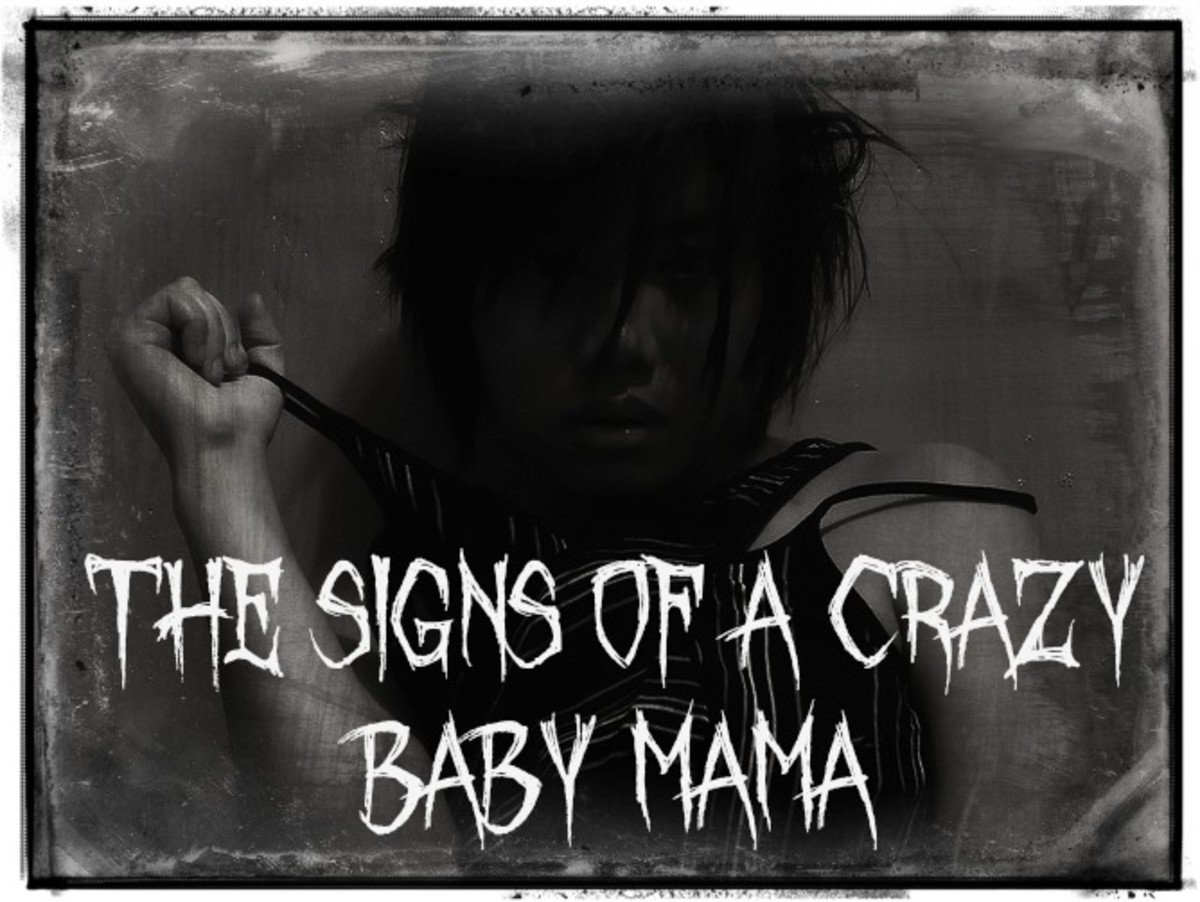Talk to Strangers: A Parenting Myth Debunked
For More Reading...
Keeping kids safe is complicated business. Stay away from strangers, we teach our kids. Strangers are dangers. Don't talk to them. Don't take candy from them. Don't get in a car with one.
But every day, our kids need to talk to strangers. There are new bus drivers, and substitute teachers. There are friendly parents at the park, and new kids moving in next door. There are a classroom full of strangers on the first day of school. There are grocery clerks offering cookies or lollipops, Sunday School teachers passing out Skittles, and every Halloween we knock on doors of families we hardly know and ask for candy.
As parents we worry about the wrong things sometimes.
Stranger abduction may be a real threat, but it's a remote one. The vast majority of children on those little white postcards that come through the mail were abducted by family members. That's not to say that we should be suspicious of our own families in addition to strangers. The reality is that we need to find something other than an outright danger to avoid.
- Listen to instincts. This is the most important rule of child (adult) safety. Just like a horse refuses to cross a doomed bridge, a child will avoid contact with and alone time with someone who sends them the wrong signals. As parents, we may want them to 'be polite'. Especially if they can't articulate their concern. But kids don't have the language or the awareness to articulate their concerns. They may know that something is wrong with the way an individual interacts with them. But without the knowledge of what dangers are out there (a knowledge that is inappropriate for their age level, usually) they don't know why exactly they feel wrong.
- Reevaluate polite. When Great Aunt Myrtle insists on a kiss goodbye, she's not thinking of anything more than a peck good bye. But, think of the signal it sends when your child asks for space and you insist that they give out a hug and a kiss. Even worse, imagine the signals it sends when you punish them for refusing. Maybe next time, they'll be more polite to Aunt Myrtle. But what will they do if someone tries to take advantage of them? They'll think of the time spent on time out when they didn't give Aunt Myrtle that kiss.
- Take Two Steps. While most abductions and abuse occur at the hands of well known family or friends, it's still prudent to be safe. But it's just not practical (or polite) to run screaming from any old person who stoops to say 'Hello' and compliment your child's shoes. Instead, teach your child about boundaries. Teach them to take two medium sized steps backward to claim their personal space. This pulls them outside of easy reach of a predator, and yet allows them to comfortably converse with friendly passersby.
- Talk to Strangers. This may be the most difficult safety concept for parents of this generation to grasp. But it's also the most important. A person looking for an easy target is going to look for a child who is scared. They want easy prey, someone vulnerable. A child who makes eye contact and smiles warmly is not easy prey. A child who confidently says "Excuse me, I need help" is not vulnerable. They are savvy self advocates. Stranger Danger teaches kids to avoid strangers, but it also makes them easy prey in certain situations. Children will inevitably wander off or get separated from their grown ups at some point in their life time. They'll have a better overall experience, and be returned faster, if they know how to speak up for themselves. They'll be safer if they know how to approach an adult than they will if they cower in a corner waiting for help to arrive.
- While we're at it, choose the stranger wisely. Kids don't just need to know how to talk to strangers, they need to know who the best people to ask for help are. And here is where I get stereotypical. Statistically speaking, women are rarely (if ever) child predators. And women with children in tow generally have some sort of maternal instinct that will flare to life when a child is lost. If your child is lost, teach them to find a 'Mommy with children'. The woman with kids in tow may not welcome the extra responsibility, but she will not let your child out of her sight until she feels the problem has been resolved, either by passing him over to proper (safe) authorities or by finding you personally. A second choice is to look for a single woman, whose maternal instinct is probably in there. Women just are more likely to feel responsible for getting a child to safety. Third choice...a Daddy with kids. Men, in general, aren't as good with the whole 'stick with a kid until they are safe' thing. They may point out the lost and found with a smile and feel their job is done. But the presence of extra kids is a good sign that the man is a 'good guy'. He's already got kids in tow.
- Don't look for a Policeman. When's the last time you saw a friendly peace officer strolling the streets? Sure, they're around. But you're more likely to find a mall security guard than a police officer. A kid can't tell the difference between uniforms, and weekend security officers aren't always carefully screened. It's a good job for antisocial personalities. And that's not necessarily who you want your kid turning to for help. If you feel an authority figure is best, teach them to identify store personnel or amusement park employees. Make it a game. Who would you ask for help if you can't find me. Look for nametags and uniform shirts.
- Stay put. Just like the expression goes, hug a tree. There may not be any trees to hug in the middle of an amusement park, but teach your child that you will always look for them where you last saw them. You won't leave the store, or the park. If they ask for help and someone wants to bring them to a quiet room, it's okay to say "No," and take two steps back. They should never, ever go look for you in your car. Not only is it dangerous to traverse the parking lot, it puts them in greater danger from predators and in a place you aren't thinking of to find them.
Remember to stay sane. You can't protect your children from every potential danger. They need to be able to try their wings. They need space to grow. Your job, as a parent, is to give them space and opportunity. And to teach them how to navigate the scary world outside the front door, not just shield them from it. Which means, eventually, they'll need to talk to strangers.




